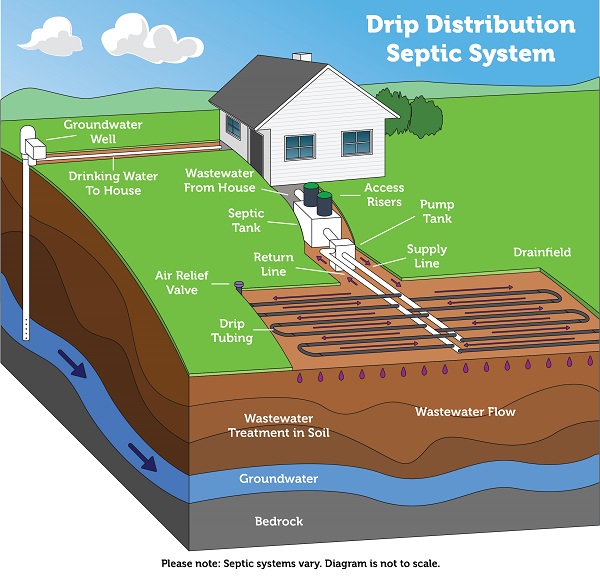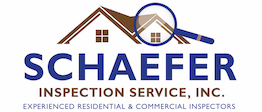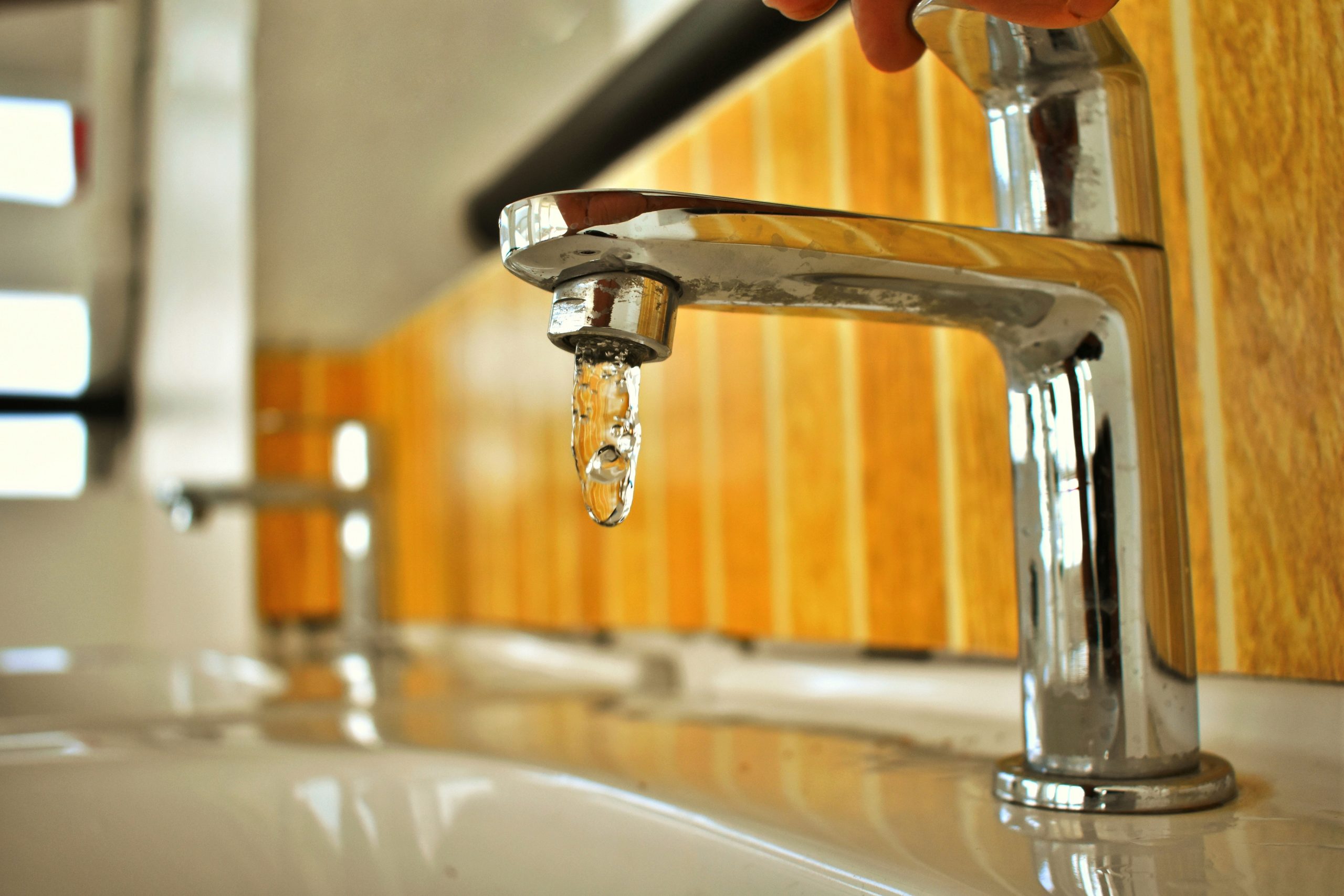What to know when buying a home with a Well and/or a Septic System:
When purchasing a home with a well there are additional matters to consider compared to a home with city water. With a well, the homeowner is responsible with maintaining the quality of the drinking water. Prior to purchasing a home, the state of Connecticut strongly recommends the well water be tested to ensure it is safe for drinking purposes. Standard water testing will check for items such as bacteria, the physical parameters of the water, minerals, and chemicals such as uranium, arsenic, and lead. Many of these chemicals can sound scary however they are all treatable conditions. There are a variety of water treatment systems and/or filters that can be installed to effectively treat any issue that may arise and effectively ensure the safety of your drinking water.
If the water results are found to be unsafe for drinking purposes, it is recommended to hire a licensed water treatment professional to complete the installation of the systems.
It is important for buyers to understand that when you have a home with a well you do not have an unlimited water supply. A water flow test or a recovery test should be performed to determine how much water the well is producing and if it will be enough to sustain your household. Your well will need to generate enough water, both flow rate, and overall capacity, to maintain the needs of your home in the long run. As home inspectors we are generalists, if the flow rate is deemed unacceptable, meaning it is below 3 gallons per minute, we would refer you to a well company for further evaluation.
Once you’ve moved into your new home it is important to understand that a well is an additional system of the home and will need to be maintained. Just like with the mechanical systems of your home, proper maintenance, and operation is essential in the longevity of the system. The state of Connecticut recommends that homeowners test their well water on an annual basis to make sure conditions have not changed.
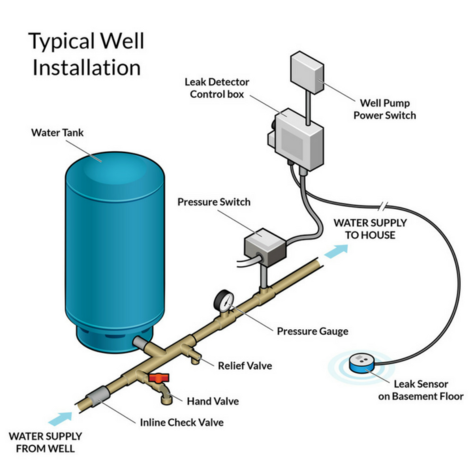
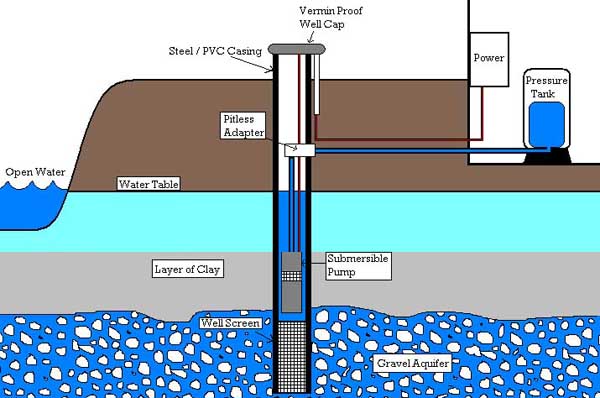
Helpful links from CT DCP:
Private Well Water Systems in Connecticut: Best Management Practice Checklist
Private Drinking Water in Connecticut
If you purchase a home with a septic system, you should take the following steps:
Get The System Pumped and Inspected
Septic systems need to be regularly inspected and maintained to avoid problems. Inspectors need to check for pipe integrity, proper ventilation, clean filters, and proper drainage. They will look for leaks and clogs, spotting potential problems before they become bigger ones. Make sure you request the septic records and ‘as-built diagram’ from the seller.
Know The Specs Of Your System
You need to have some idea of the specifications of the septic tank. The size will determine how frequently it needs to be pumped. You also need to know when and where it was installed, as septic tanks may need to be replaced every 20-40 years. To have your tank replaced costs $3,000-$10,000 on average, depending on the size of the tank and where your home is located.
Prepare For Regular Maintenance
A septic tank needs to be regularly inspected, maintained and pumped to avoid issues. Typically, you’ll need to have the sludge pumped out of it and disposed of every year or so. On average, this can cost you $300-$600 depending on the size of the tank.
Be Careful What You Put Down The Drain
Hygiene products, paint, grease and oil, hair, dental floss, coffee grounds, egg shells, powder detergents – all of these can cause clogs and prevent drainage. These clogs can result in leaky pipes and sewage flowing back into your home. It Is Important to determine whether there are filters used that may need cleaning or replacement from time to time, which should be done before ground freezes.
Here are a few terms you should become familiar with when talking about a septic tank:
- Inspection ports: Inspection ports or pipes allow cameras, tools and small glances inside the tank to make sure everything is functioning.
- Manhole: This is the top port on the septic tank that covers the tank. Someone can climb in the manhole if necessary.
- Scum: This is the oil/grease that floats. Special compartments and the outlet prevent the scum from leaving the tank with the wastewater.
- Effluent/wastewater: The effluent, or wastewater, is the liquid waste that leaves the tank.
- Sludge: Sludge is solid waste that sinks and settles on the bottom of the tank.
- Drain field/leach field: The drain field, or leach field, is where the effluent flows into outside the tank. It’s basically a section of unsaturated soil outside the tank where the soil filters out the harmful bacteria.
